Chapter three :
From Dust till Dawn
NOV.25. – FEB.25.2023
WITH WORKS BY by Frank Halmans, Wouter Huis and Daisy Madden-Wells.
With the third chapter of The Balcony’s inaugural program The Promise of Ruin(s), the attention shifts on the domestic space that, far from being a safe place, is not exempt from the grip of capitalism. From vacuum cleaners to vinyl players, kitsch and decorations are a mirror of ourselves and our identity, free subjects in the free market. To quote Richard Hamilton: “Just what is it that makes today’s homes so different, so appealing?”
Dust is often seen as dirt, an unwanted sign of passing time, a contamination of boredom and decay upon the world of the living. In the words of cultural historian Celeste Olalquiaga:
“Dust is the most tangible aspect of the new historical time, a thin patina of shattered moments remaining after the frenzy of multiplication has subsided or moved away.”
Walter Benjamin, in his writing Dream Kitsch (1927) associates vanished dreams with the colourless state of dust covering forgotten objects. Dust is the added value of time upon matter, where “faded dreams and touch intersect”.
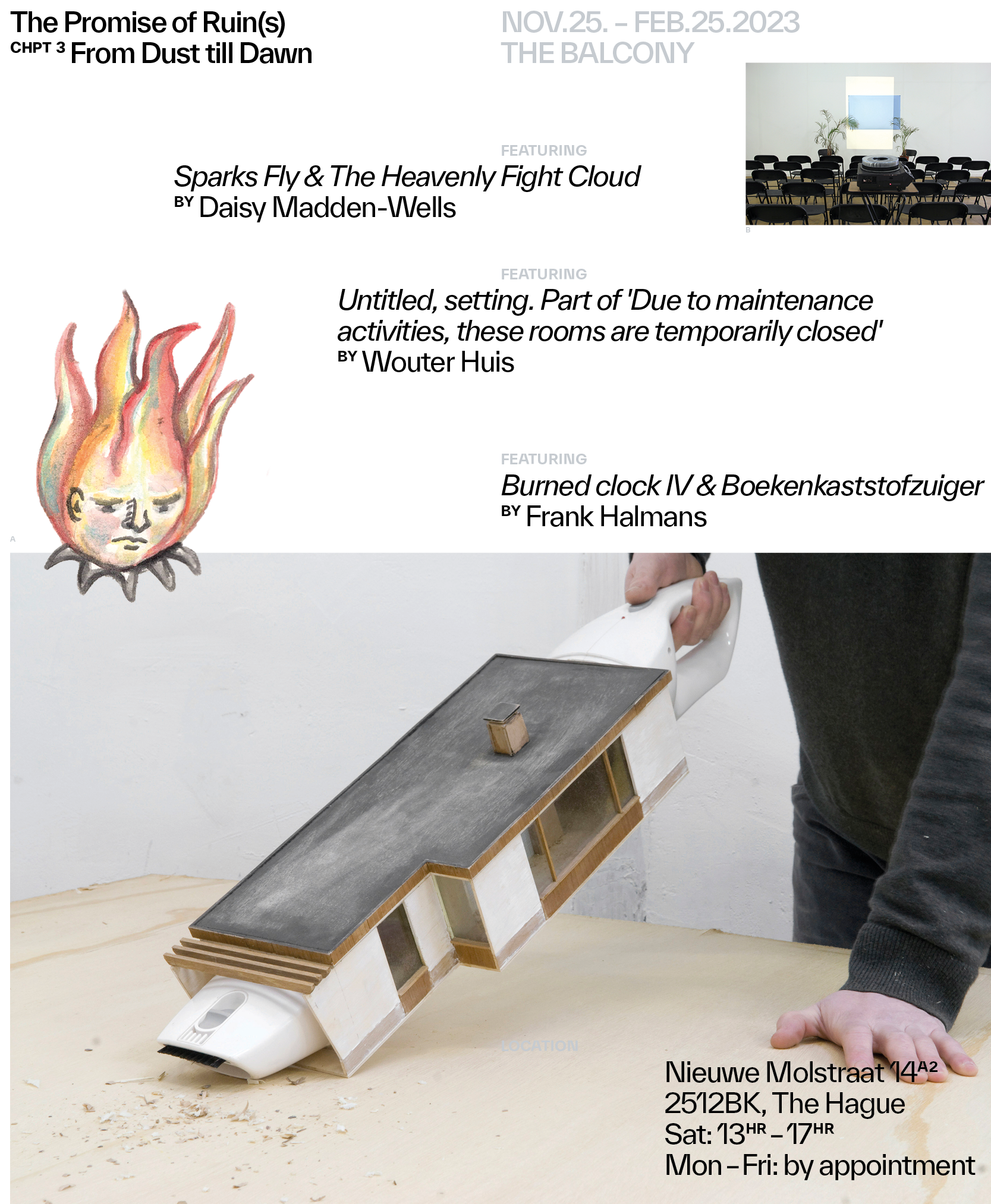






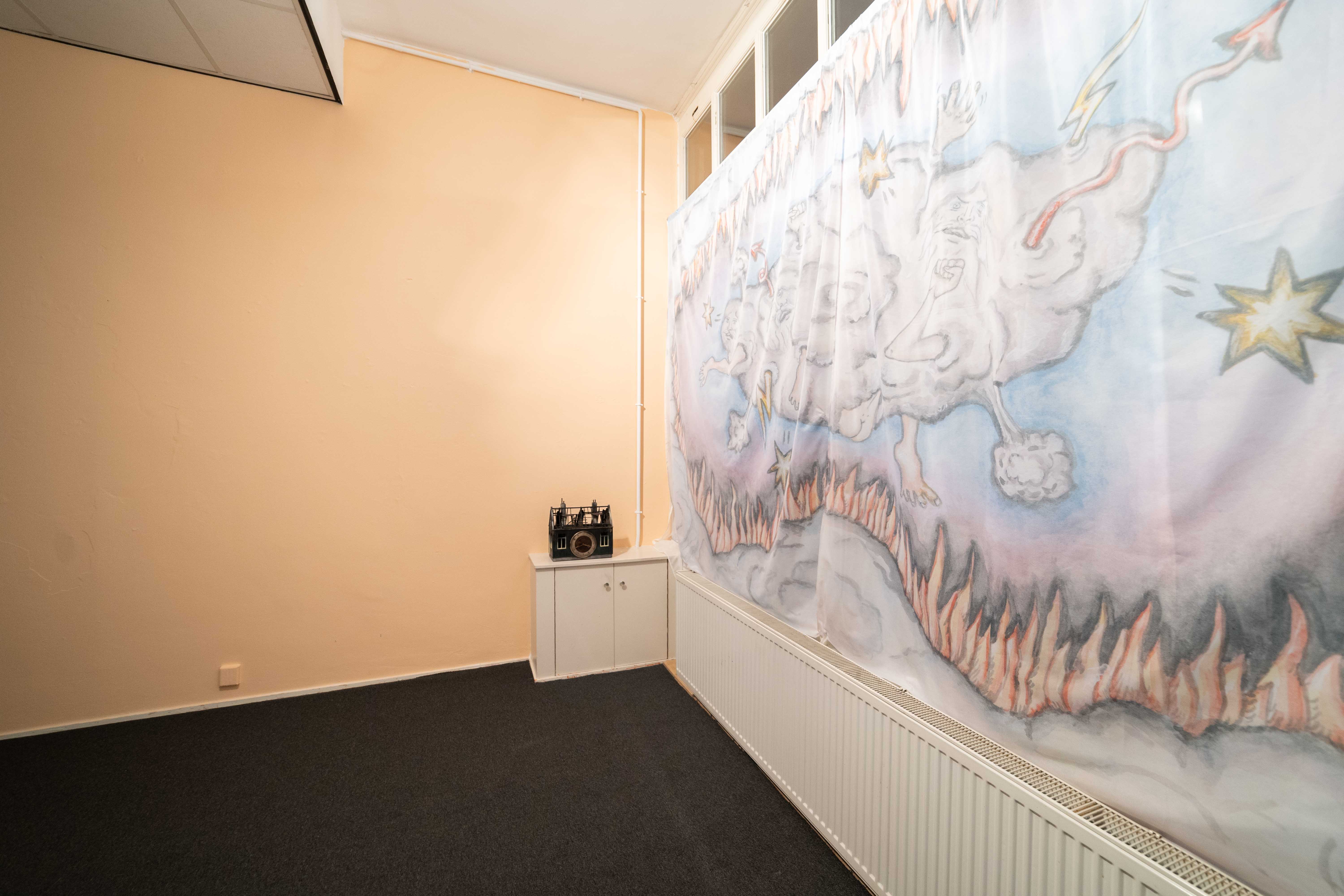

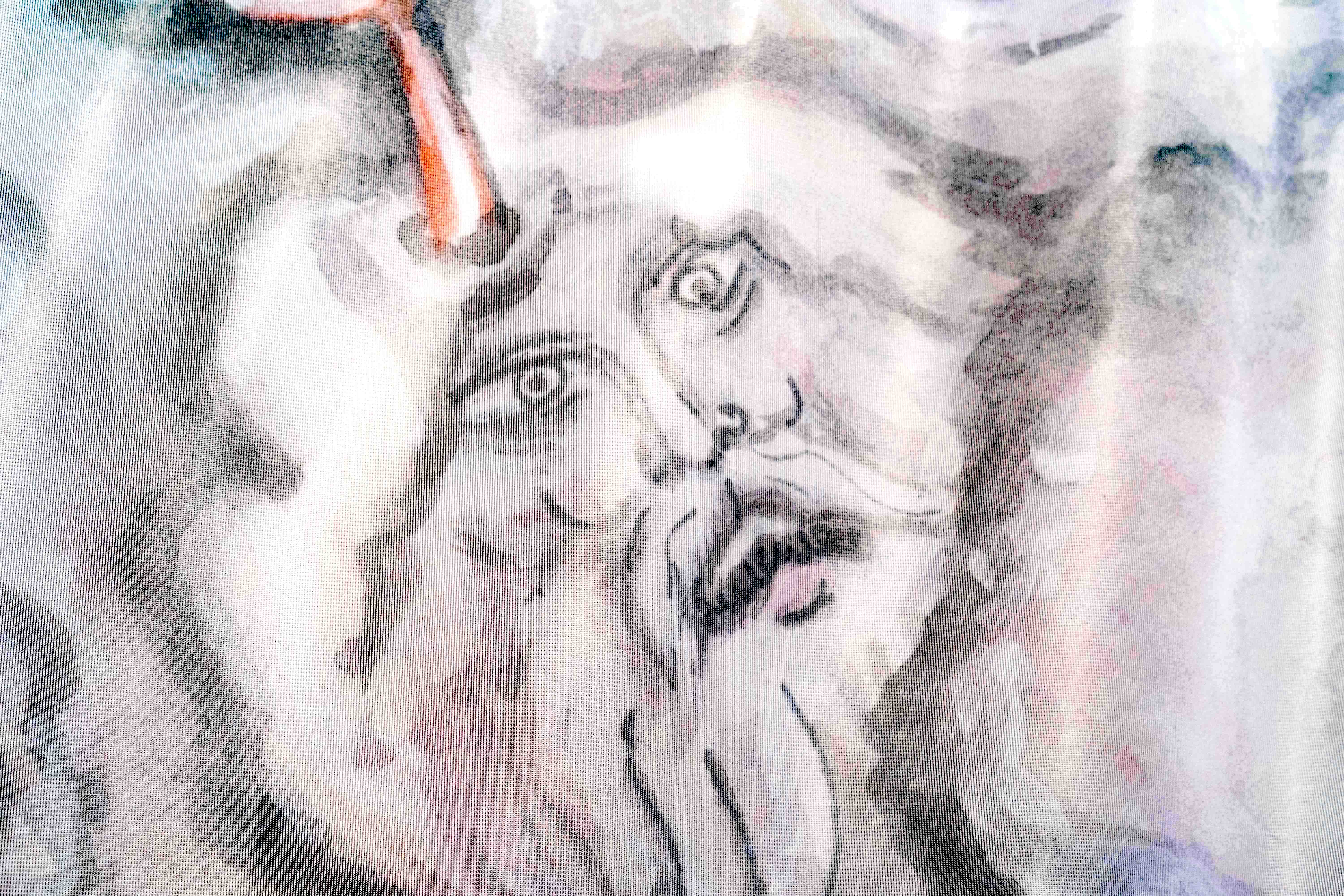




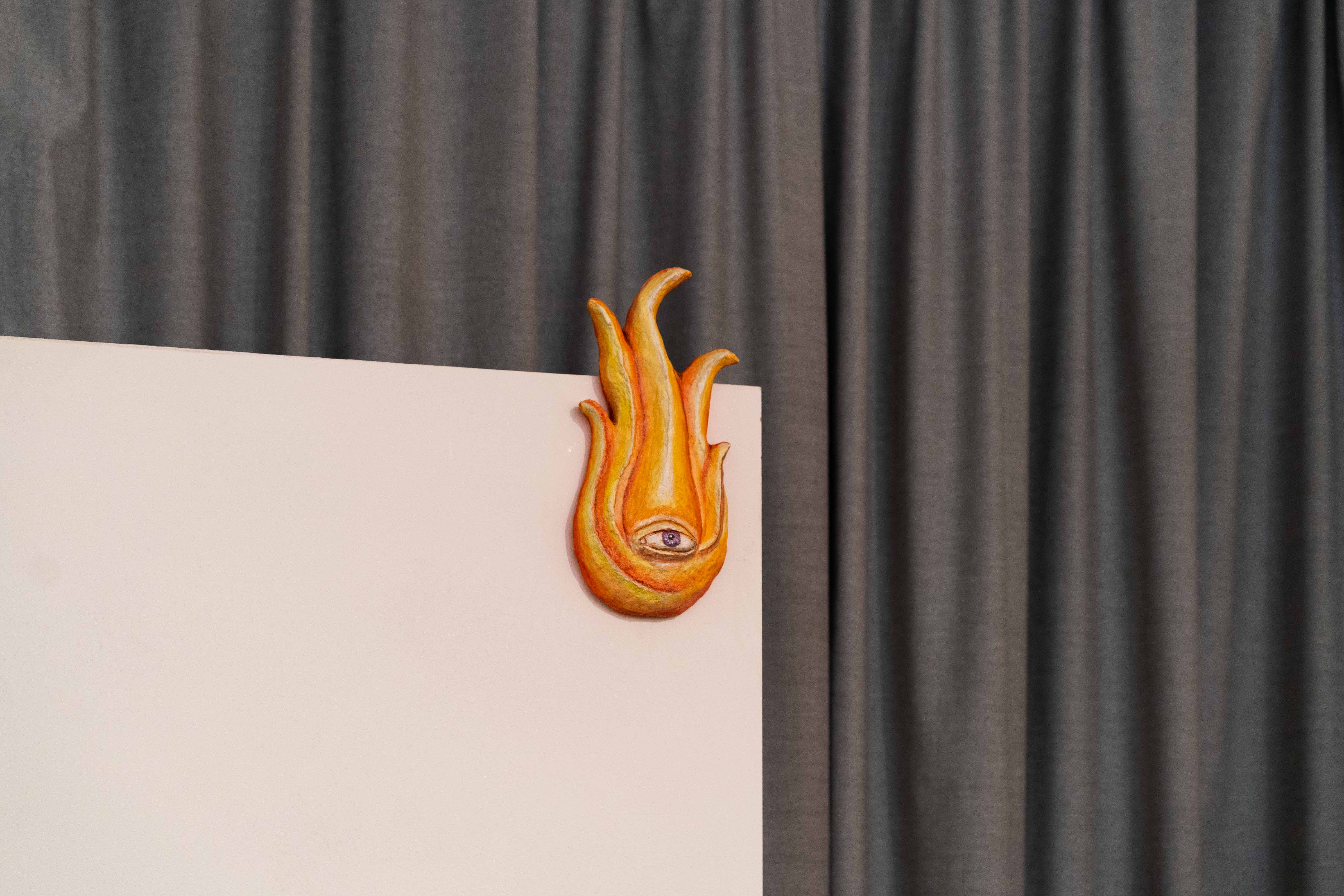



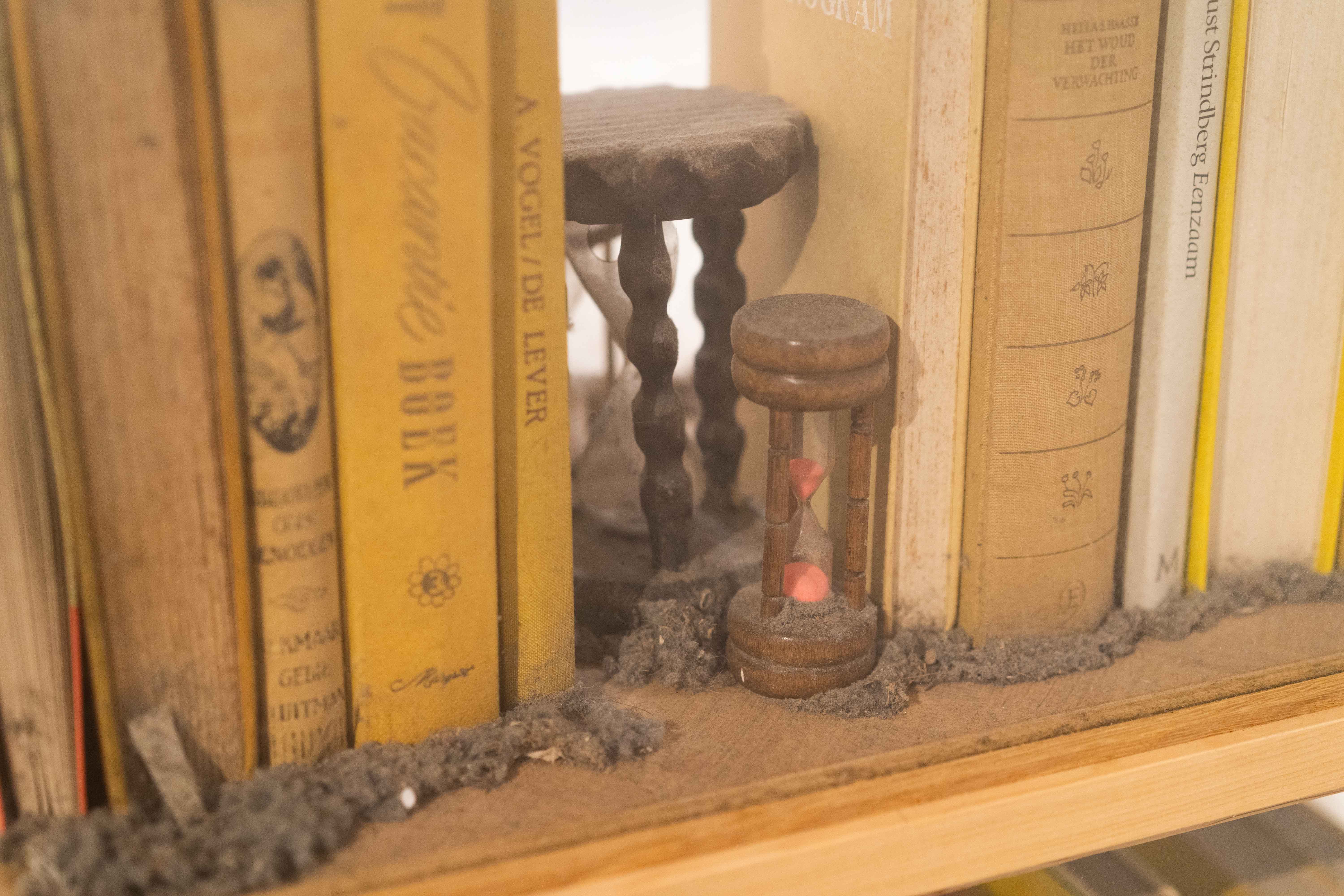
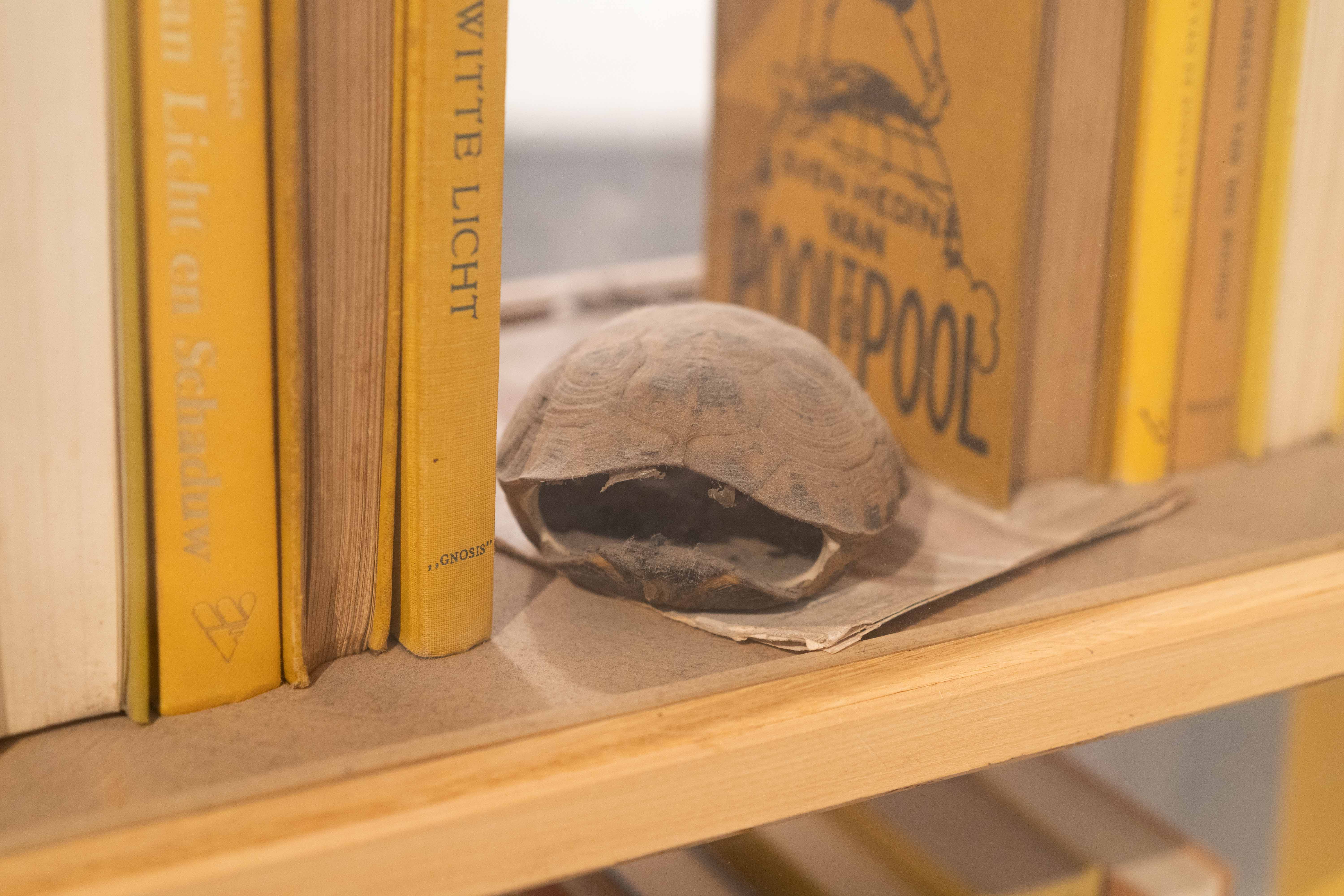





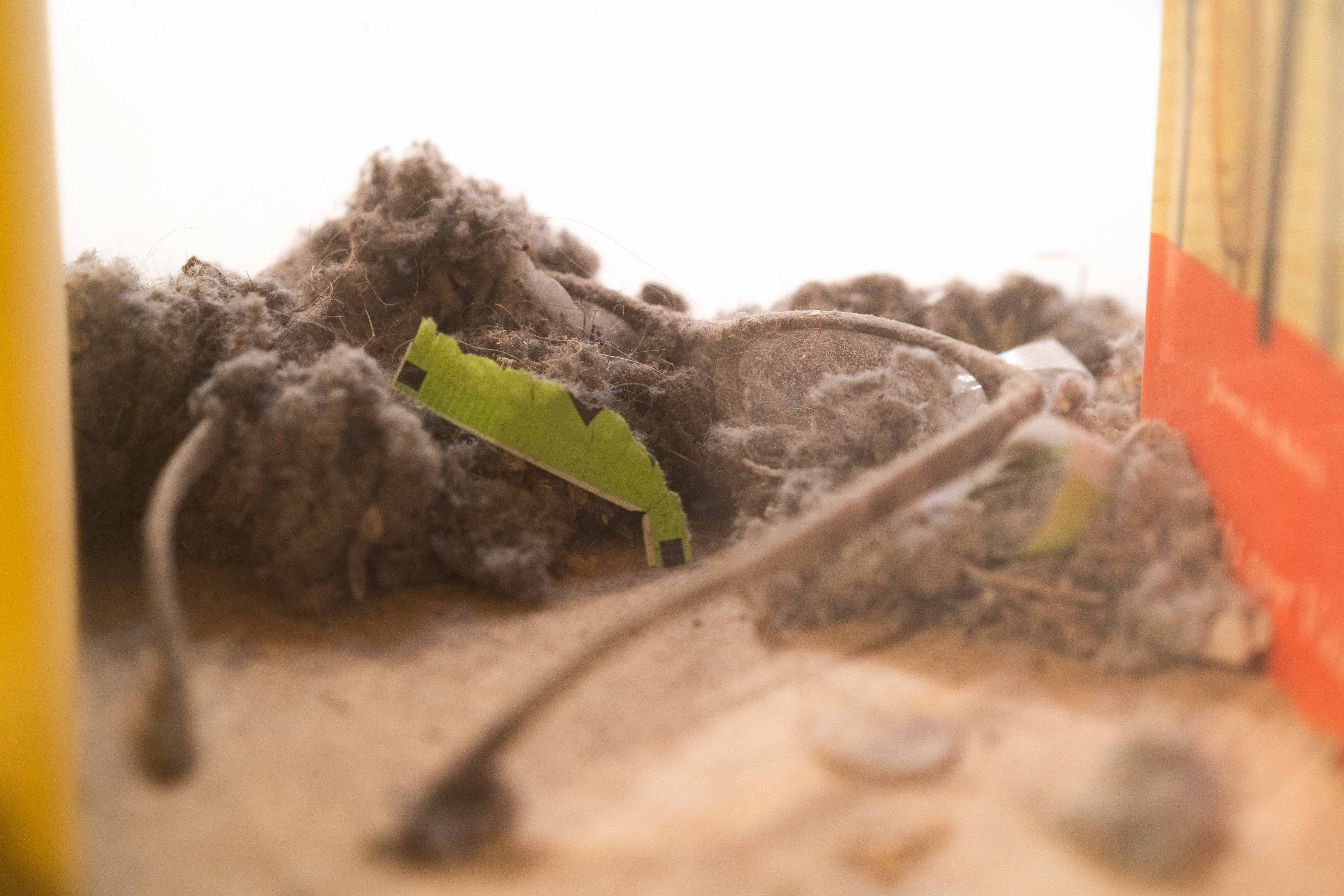





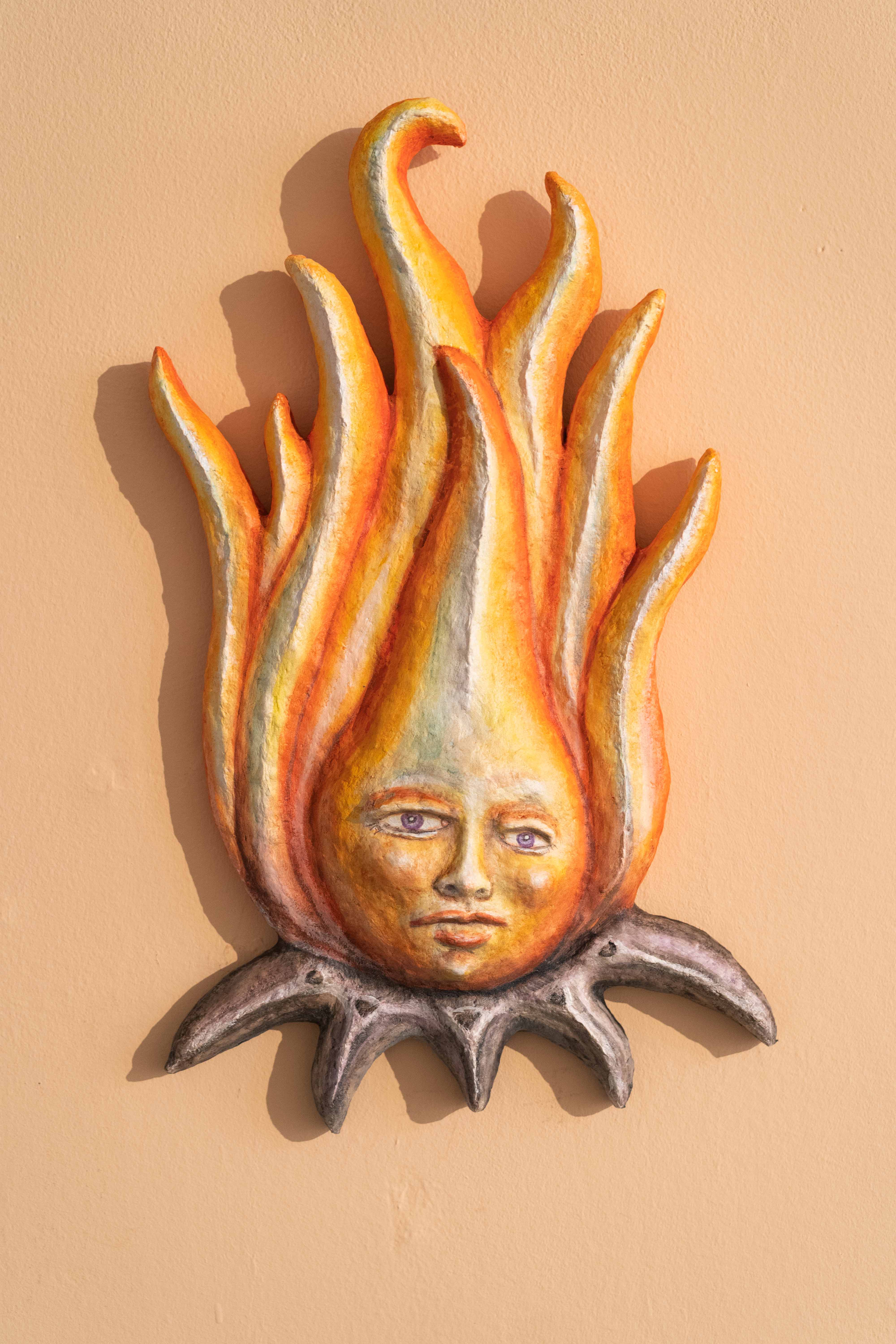




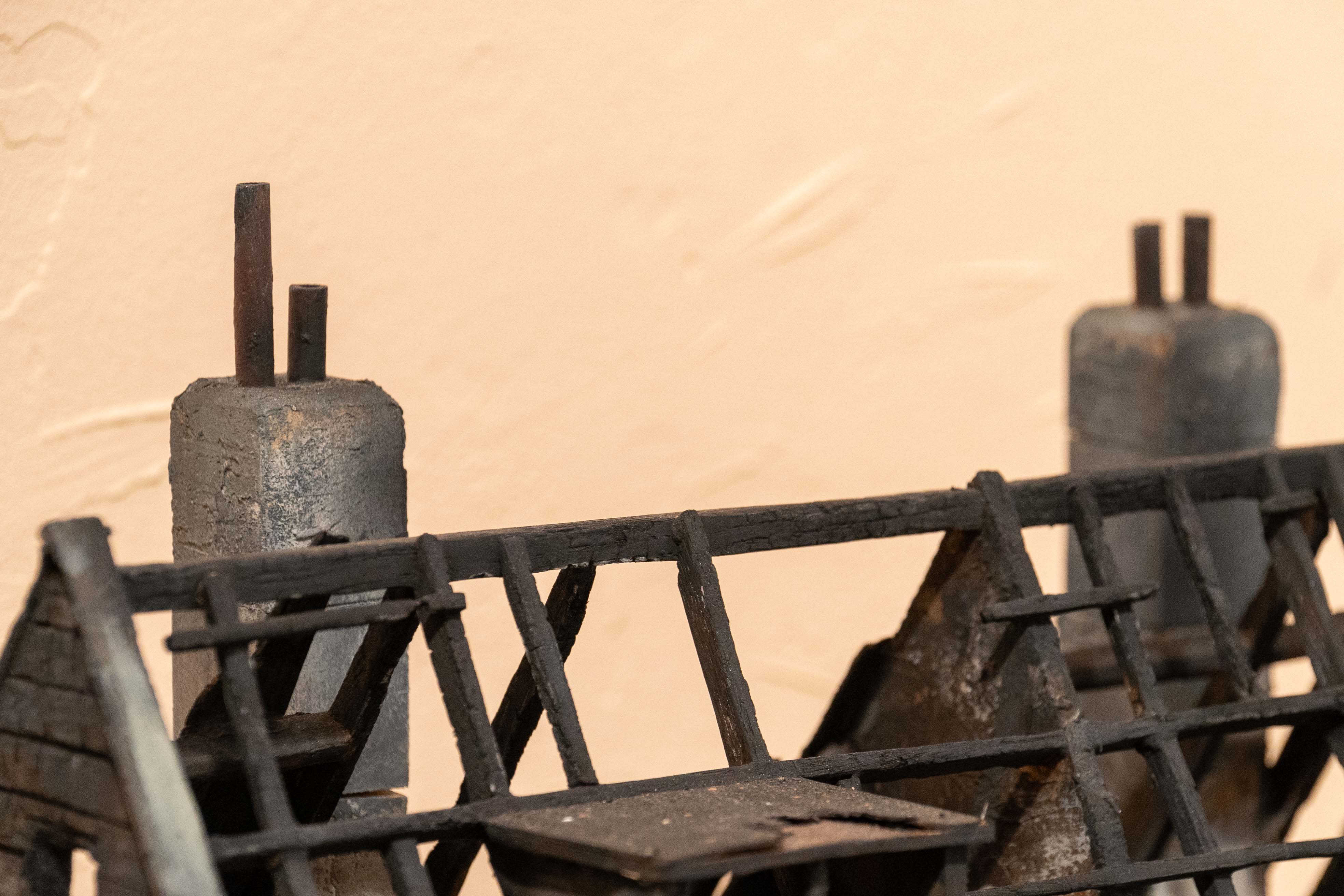

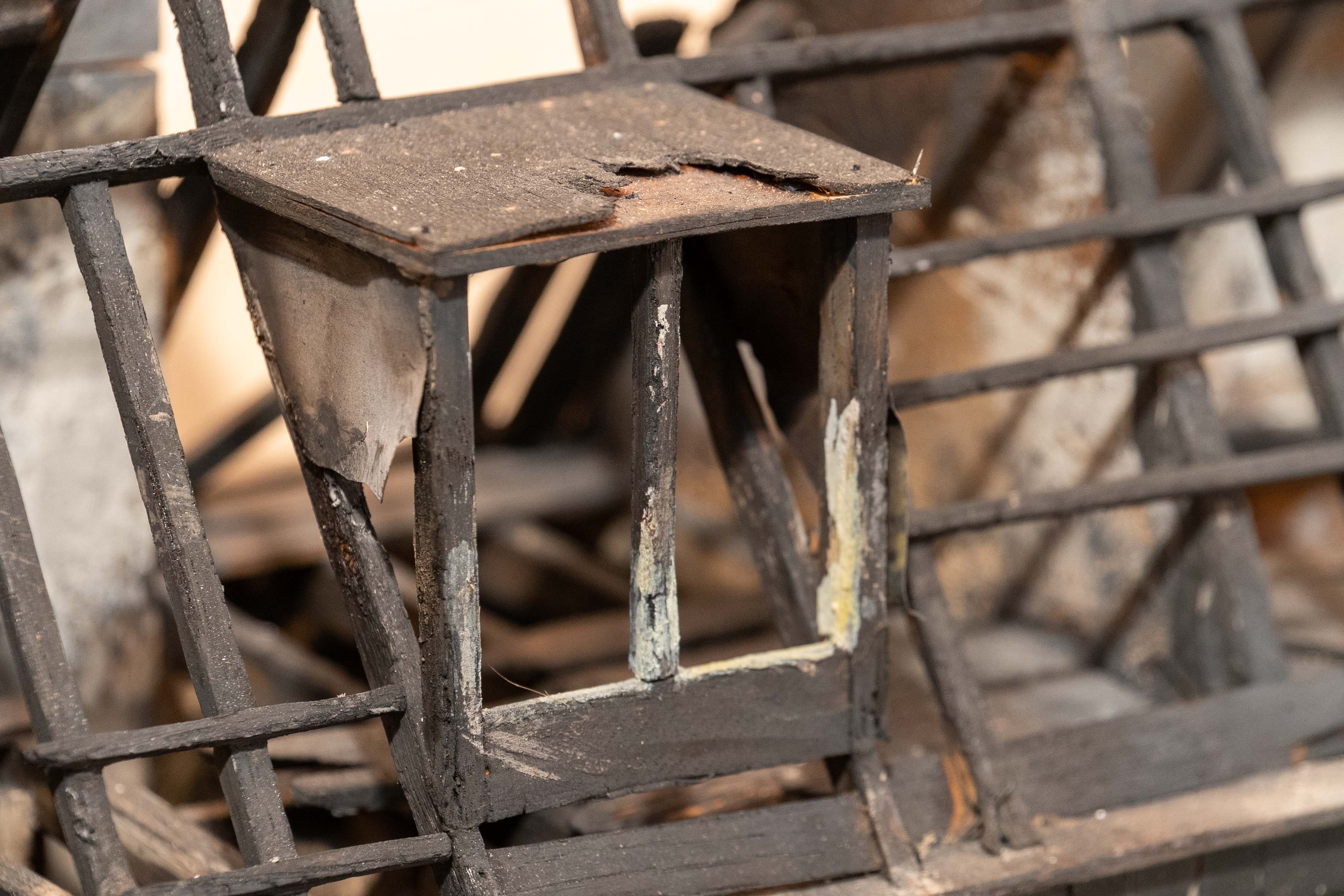

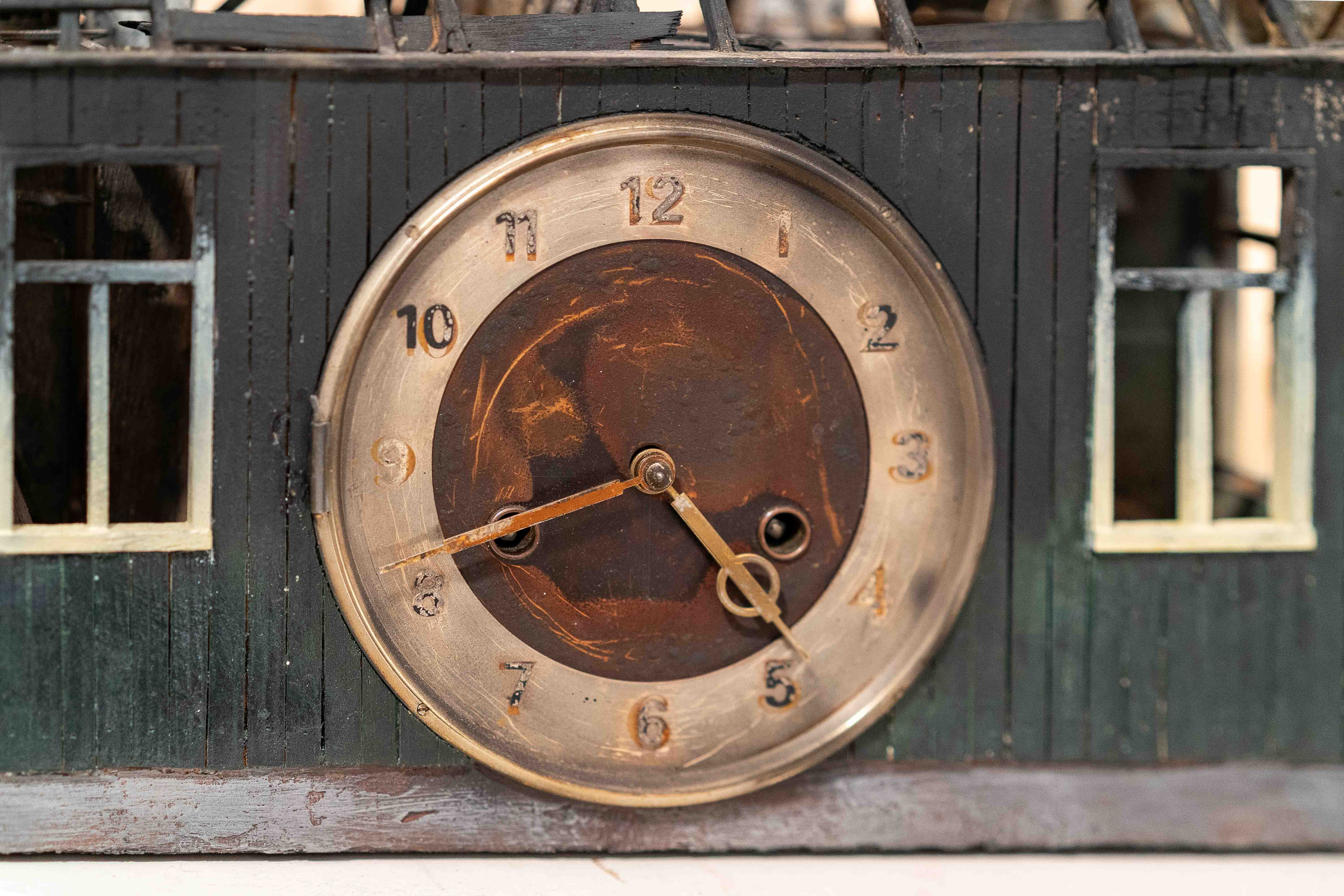





Boekenkaststofzuiger & Burned clock IV
BY Frank HalmansIn his work Frank Halmans (NL, 1963) often examines the domestic world and sees a home as a place where life oscillates between a public and a private sphere. Frank examines how we as humans inhabit these two different areas. In his recent body of works – that he wishes to further develop at The Balcony – the vacuum cleaners are usable by visitors. Dust accumulates inside the work, while keeping the exhibition space seemingly spotless. Knowing that dust in homes is composed of about 20-50% dead skin-cells, is the dust we produce and ultimately discard a reflection of our identity, the places we live in?
Untitled, setting, 2022. Part of 'Due to maintenance activities, these rooms are temporarily closed'
BY Wouter HuisWouter Huis (NL, 1974) shifts the limits and scope of mental and architectural space, the borders of private and public space, the real and the fictive; he delves into the elusiveness of almost-invisible ‘random’ details, such as the ambiguity of decaying exhibitions, spaces standing-still.
Due to maintenance activities, these rooms are temporarily closed
In the exhibition Wouter presents a vinyl whose track has no sound recorded, and while the stylus keeps running on the vinyl’s microgroove, in loop, it collects dust which produces very specific sound effects. For the duration of the exhibition the record thus plays the sound of collected dust. The space of the space. The needle sound-cracks over the dusted vinyl compose the soundtrack of the work: a crescendo of particles to hear over the coming weeks.
Sparks Fly & The Heavenly Fight Cloud
BY Daisy Madden-WellsDaisy Madden-Wells (UK, IE, 1922) works with objects and ornaments that have been elected over millennia as representatives of hopes, dreams, wishes and status. Her research explores the Paganistic worship of idols, Agamben’s theory of the profane, kitsch as a site of class warfare and the genealogy of the lion as a heraldic pin-up of choice. It is surprising how the artist’s work fits in this exhibition. In fact, dust and kitsch are closely related, as introduced earlier. Working classes excel in the art of displaying architectural ornaments, often mass-produced, as an homage to handcraftship.
For the exhibition’s new work, Daisy Madden-Wells explores window coverings, net curtains and nicknacks, the archetypes of kitsch in homes of a certain age. Facsimiles of aspirations gathering dust, hiding things slightly, peeping out from under or behind. These elements become an extension of her previous stained glass works but always more kitsch, transient and slightly melancholic.
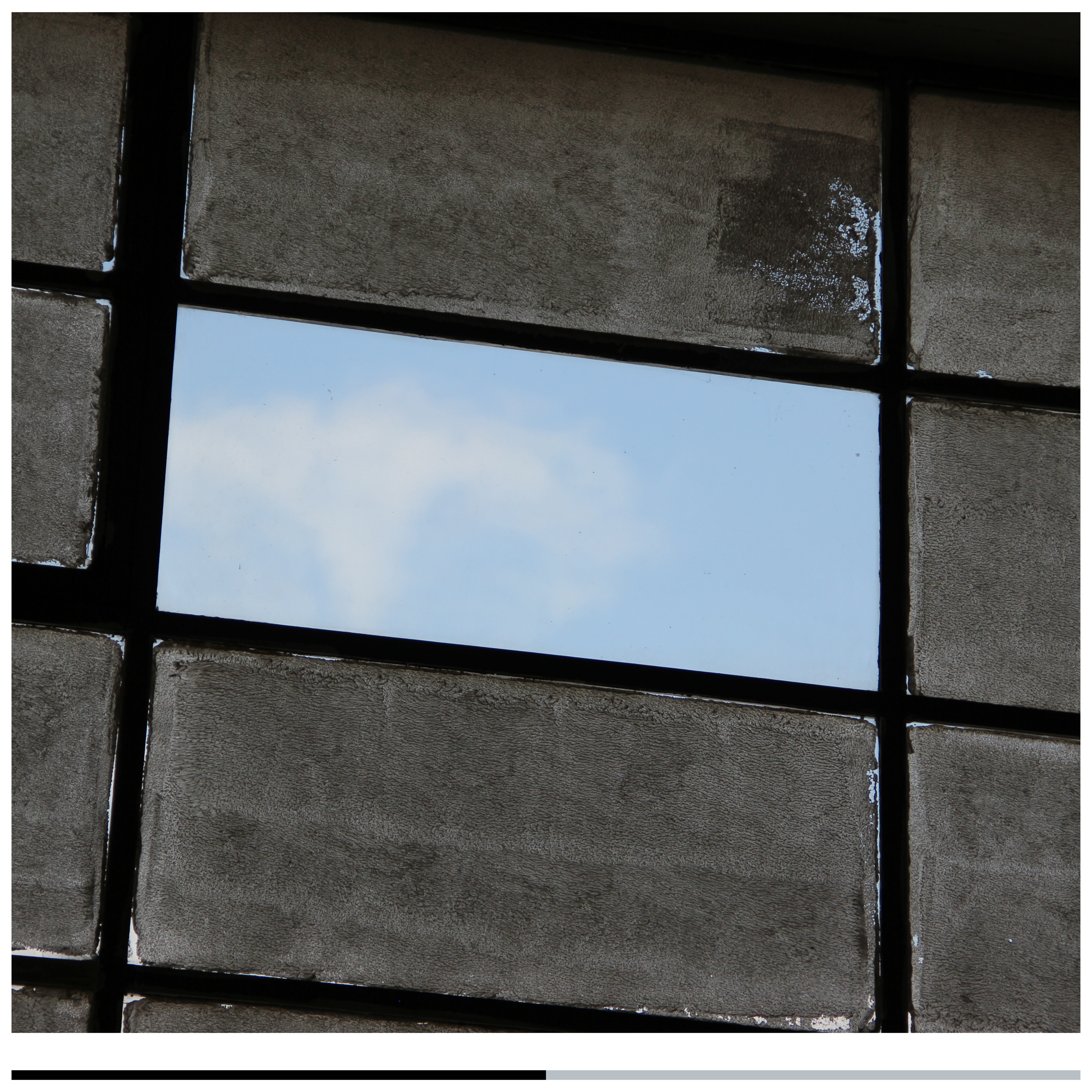
Words of the curators
To our own surprise this exhibition has evolved in a much intuitive way, as exhibition making allows, following an open yet poetic intuition. The Balcony explores the idea of ruin(s) in the entirety of its density. In between the lines, dust as a subject matter is art-historically grounded, with references to Dust Breeding, a long-exposure photograph by Man Ray of Duchamp’s work accumulating dust while away from his studio. Dust blurs the lines between order and disorder, between absence and presence. The (re)production of dust, as a condition to the living, is a matter nearly entirely absent from the commercial-realm while it shades a curtain of time over matter. Yet, it is consistently fought against, by the obsession for cleanliness. Dust remains when the frenzy of human-activity has passed.
Kitsch, human-production and architecture are closely related when observed through the scope of dust as a residue: the entanglement of life and decay, of entropy – the inevitable rise into decline.
We look forward welcoming you at the opening and during the exhbition,
Arthur & Valentino
Arthur & Valentino warmly thank the artists for their support, Stefan Bandalac (SBAE) for the technical partnership as well as Pavlo Radich and Julia Waraksa from STAATSDUET. The artist fees are covered by the Mondriaan Fonds via the Kunstenaarshonorarium scheme and completed by Stroom Den Haag in accordance to the fair practice guidelines.
The Promise of Ruin(s) is curated by Arthur Cordier & Valentino Russo.
